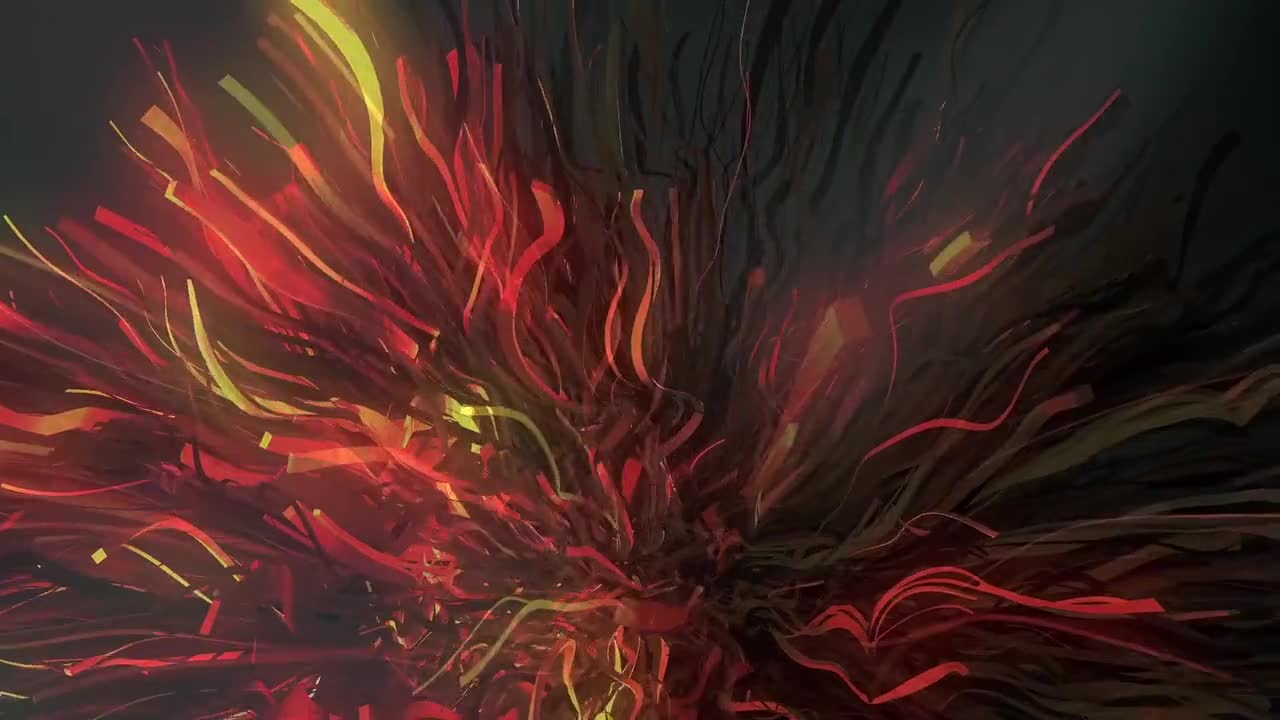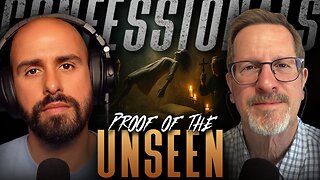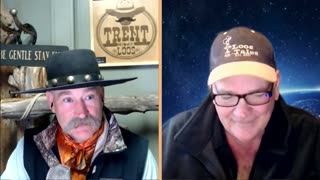Premium Only Content

You wil shock after...😳😳
From the perspective of an Earthling, outer space is a zone that occurs about 100 kilometers (60 miles) above the planet, where there is no appreciable air to breathe or to scatter light. In that area, blue gives way to black because oxygen molecules are not in enough abundance to make the sky blue.
Further, space is a vacuum, meaning that sound cannot carry because molecules are not close enough together to transmit sound between them. That's not to say that space is empty, however. Gas, dust and other bits of matter float around "emptier" areas of the universe, while more crowded regions can host planets, stars and galaxies.
No one knows exactly how big space is. The difficulty arises because of what we can see in our detectors. We measure long distances in space in "light-years," representing the distance it takes for light to travel in a year (roughly 5.8 trillion miles, or 9.3 trillion kilometers).
From light that is visible in our telescopes, we have charted galaxies reaching almost as far back as the Big Bang, which is thought to have started our universe 13.7 billion years ago. This means we can "see" into space at a distance of almost 13.7 billion light-years. However, astronomers are not sure if our universe is the only universe that exists. This means that space could be a lot bigger than it appears to us.
-
 0:06
0:06
procatsimba
4 years agoYou can't eat after six!
49 -
 LIVE
LIVE
Game On!
17 hours agoBREAKING NFL NEWS: Taylor Swift and Travis Kelce Are Engaged!
4,727 watching -
 1:02:09
1:02:09
The Confessionals
20 hours agoThe Supernatural Proof You Can’t Ignore (When Angels and Demons Showed Up) | Lee Strobel
20.7K14 -
 15:24
15:24
Degenerate Jay
20 hours ago $0.11 earned5 Best Moments In Batman: Arkham Asylum
2.64K -
 12:24
12:24
The Shannon Joy Show
14 hours ago🔥From Flock Cameras to Palantir: America’s Expanding Digital Cage🔥
4.52K2 -
 LIVE
LIVE
BEK TV
23 hours agoTrent Loos in the Morning - 8/27/2025
213 watching -
 LIVE
LIVE
The Bubba Army
22 hours agoTaylor Swift & Travis Kelce ENGAGED! - Bubba the Love Sponge® Show | 8/27/25
1,781 watching -
 40:14
40:14
Uncommon Sense In Current Times
17 hours ago $1.70 earnedThe Dating Crisis in America | J.P. De Gance on the Church’s Role in Restoring Family & Faith
36.2K3 -
 12:35
12:35
Red Pill MMA
19 hours agoNow We Know The Truth.. Hero Who Stopped Raja Jackson Speaks Out
10.4K8 -
 41:04
41:04
Coin Stories with Natalie Brunell
1 day agoCooking, Culture & Crypto: Norma Chu’s Food Empire Turns Bitcoin Treasury
11.6K